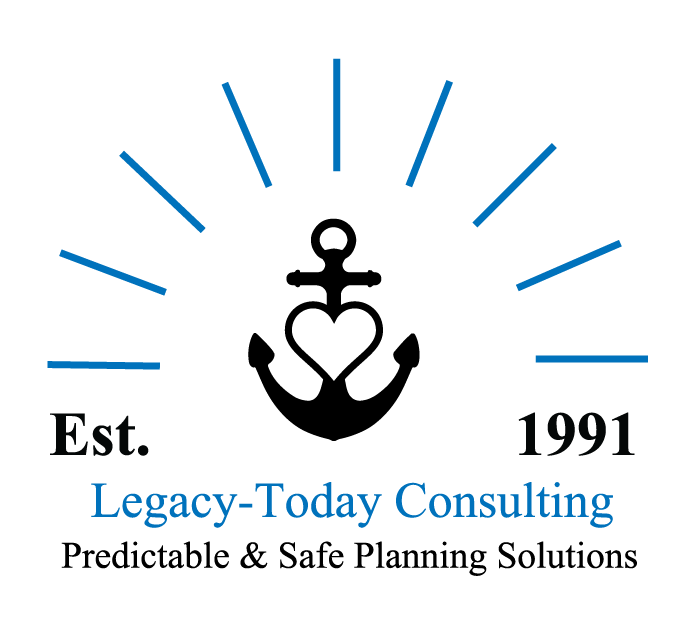When thinking about your 401(k) or IRA, do you know the current value? Are you under the impression that all of that money belongs to you?
At Legacy Today, we don’t want you to feel shocked by how little of your accounts may be yours. We will explain a few reasons as to why this is and what you can do about it.
Deferred Taxes Eat Up Account Value
Unfortunately, many people approaching retirement with a 401(k) and IRA balance don’t always foresee the hidden costs that exist–the fact that they owe taxes on their accumulations.
Because your contributions to regular 401(k) accounts are made with pre-tax dollars, when money is taken out down the road in retirement, it is taxed at your ordinary-income rate, plus state marginal rates!
Additionally, Alicia Munnell, director at Boston College’s Center for Retirement Research, has stated, “It’s a very big deal when people realize they only have two-thirds or three-quarters of what they thought they had,” concerning these hidden costs.
Munnell conducted this research in 2015 before Congress passed the most significant stimulus programs in history in conjunction with the record-breaking national debt and unemployment rates we are presently experiencing. This seems to only point in one direction — rising tax rates.
Are You Fully Vested?
On average, most American’s stay with an employer for 4.2 years, according to the Bureau of Labor Statistics. This information was released before the pandemic hit our country, causing millions of Americans to lose their jobs. Why is this important?
It has to do with vesting. Vesting is the term used to describe the portion of ownership in money or other assets an employee will own in a retirement plan.
In most companies, you are not fully vested until you reach the five or six-year mark. Many companies use a “graded” vesting schedule, which vests the employee in 20% of their accrued benefits following an initial period of service (which varies), slowly giving you more “ownership” of your match with each year of employment until you eventually hit 100% ownership.
There are also “cliff” vesting schedules, which mandate you stay with an employer for a specific amount of time or you do not keep any of the employer contributions.
“Paper” Wealth vs. “Real” Wealth
“Paper” assets refer to an individual’s wealth measured by assets that can be listed on paper, namely intangible assets such as stocks or money market accounts. In contrast, “real” wealth is based on physical assets that are owned by the individual.
This could all go wrong when you consider that the value of your accounts could decrease rapidly due to an economic downturn like the one we could be facing once this current crisis passes.
Now, the question lies, have you prepared for that possibility?
Solutions
The answer here is to leave a portion of your retirement savings outside of a 401(k) or IRA to protect yourself and your family. The Bank On Yourself® strategy will allow you to effectively and safely build your wealth while avoiding what we discussed above.
Bank on Yourself will work for three simple reasons:
There is no vesting schedule.
There are no restrictions or penalties on withdrawals. You can watch your money grow tax-deferred and make withdrawals with no taxes due.
Your policy statement will reflect your “real” wealth, not “paper” wealth. Your principal is secure, regardless of what happens with the market.
Isn’t it time you protect your financial future?
If you’re ready to Bank on Yourself, contact us to get started!
Bank On Yourself® is a registered trademark owned by Hayward-Yellen 100 Ltd Partnership and is being used with permission.


Recent Comments